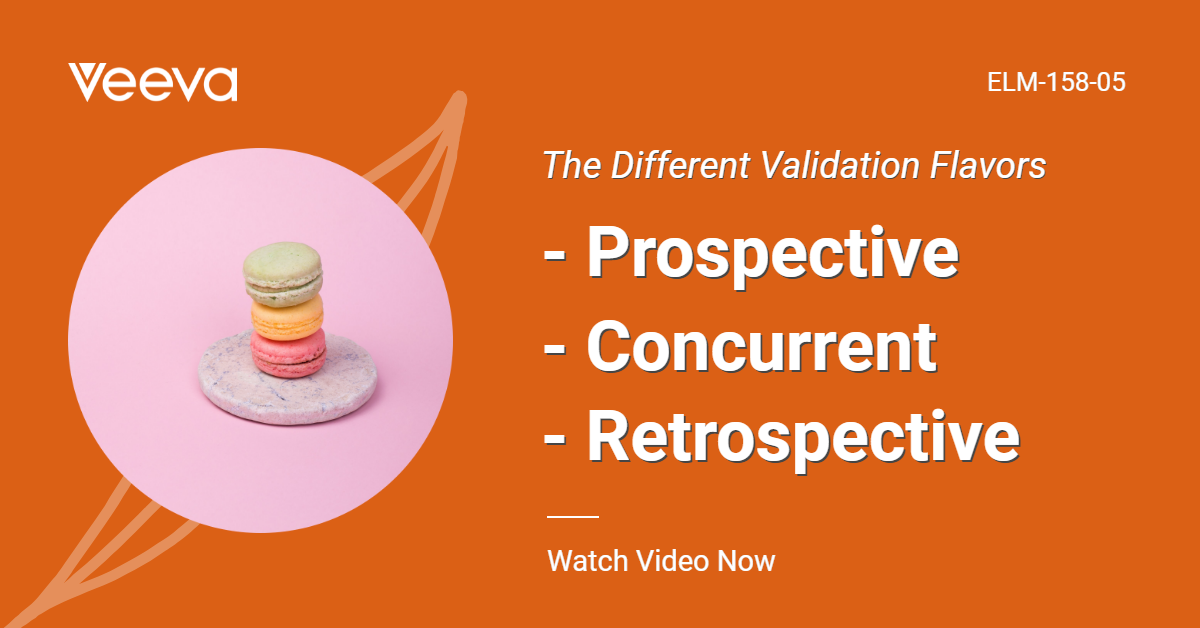Taking the regulatory aspects into consideration, there are several things we can glean as expectations for the protocol.
Objective Evidence
The construction of the protocol needs to enable collection of objective evidence.
Only having a checkbox for a tester to indicate that the expected results were achieved is insufficient.
Objective evidence can include but is not limited to the following:
- Actual data / results as observed by the tester / observer
- Photographs
- Screen shots
- Actual measurements observed or taken
To demonstrate that a specific intended use can be fulfilled implies that the intended use is well-defined.
Expected Results
This is typically expressed as expected results.
Expected results and gathering of objective evidence go together.
Without well-constructed expected results, it may be impossible to gather objective evidence that it has been fulfilled.
Efficacy is a good example.
Intended Use
Is the product effective for its intended use?
There should be very well-defined expected results.
The ‘consistently fulfilled’ aspect implies that the acceptance criterion needs to be defined.
Many products have a user requirement of being easy to use.
Focus Group
This is often validated by a having a focus group (typical users) walk through typical use scenarios and then rate ease of use.
Individual users may be asked to rate the ease of use on a scale of 1 to 5 with 5 very easy to use, for example.
The company may establish acceptance criteria for “easy to use” as being 80% of the users rank the product 4 or higher on our 1 to 5 scale.
While the original requirement cannot be scientifically measured, the ranking system still allows for a well-defined expected result that can be measured against the objective evidence gathered.





